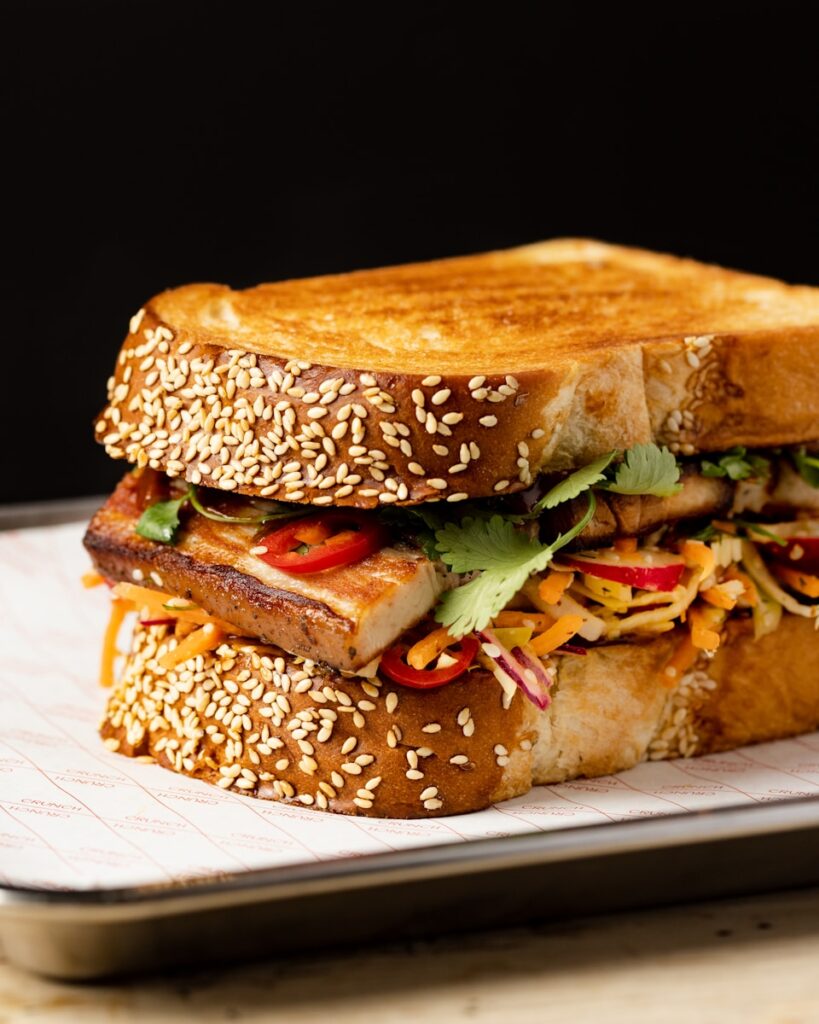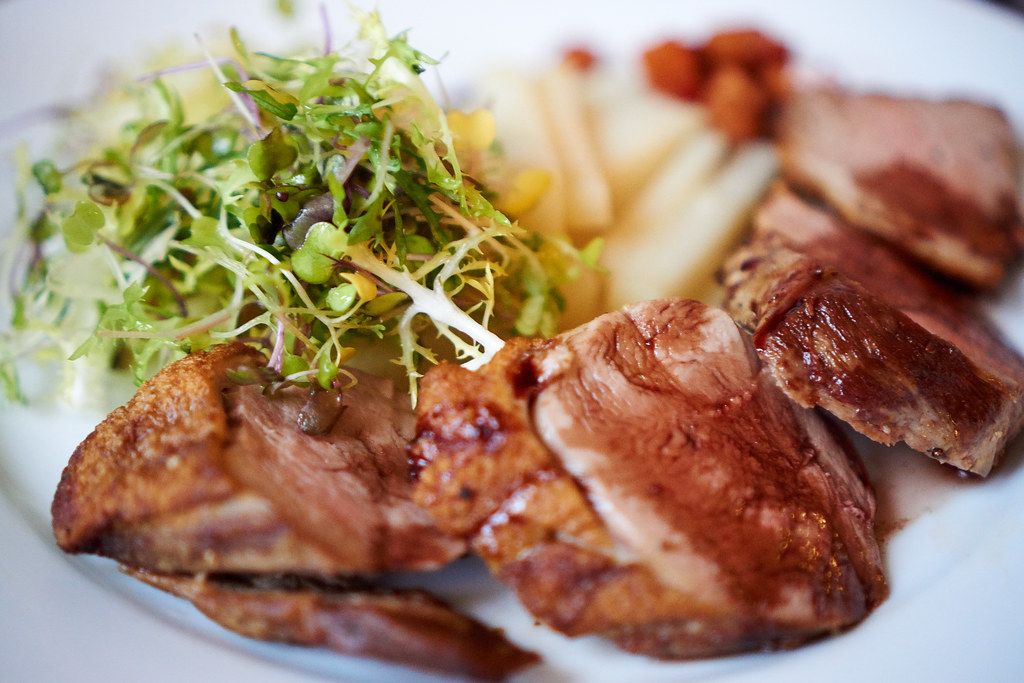
The humble sandwich. It’s more than just a meal; it’s a cultural icon, a lunch break staple, and, dare we say, a canvas for culinary creativity. From gooey grilled cheese to epic hoagies, dainty tea versions to mighty muffulettas, the sandwich offers a perfect bite for any occasion. Americans eat a meal between bread almost half the time, making takeaway sandwich shops an undeniable mainstay of our urban culture. But with so many options out there, how do you sift through the noise to find that truly exceptional bite? And more importantly, how do you avoid the duds that are just waiting to disappoint your taste buds and wallet?
We’ve all been there: standing in front of a menu, eyes glazed over with hunger, hoping for a transcendent midday meal. But sometimes, those hopes are dashed before the first bite, thanks to a few glaring red flags that scream “skip this spot!” We’ve chatted with chefs, bakers, and seasoned shop owners, tapping into their insider knowledge to pinpoint the biggest giveaways of a sandwich establishment that just isn’t cutting it. Consider this your essential guide to navigating the urban sandwich jungle, ensuring your next lunch is nothing short of legendary.
From suspiciously long menus to the tell-tale quiet of a not-so-popular spot, the signs are often right there if you know what to look for. Forget settling for subpar slices and questionable fillings. We’re here to equip you with the intel you need to spot the pretenders and ensure every sandwich you invest in delivers on its promise of freshness, flavor, and sheer satisfaction. Let’s dive into the first seven warning signs that mean it’s time to politely excuse yourself and find a better bite elsewhere.
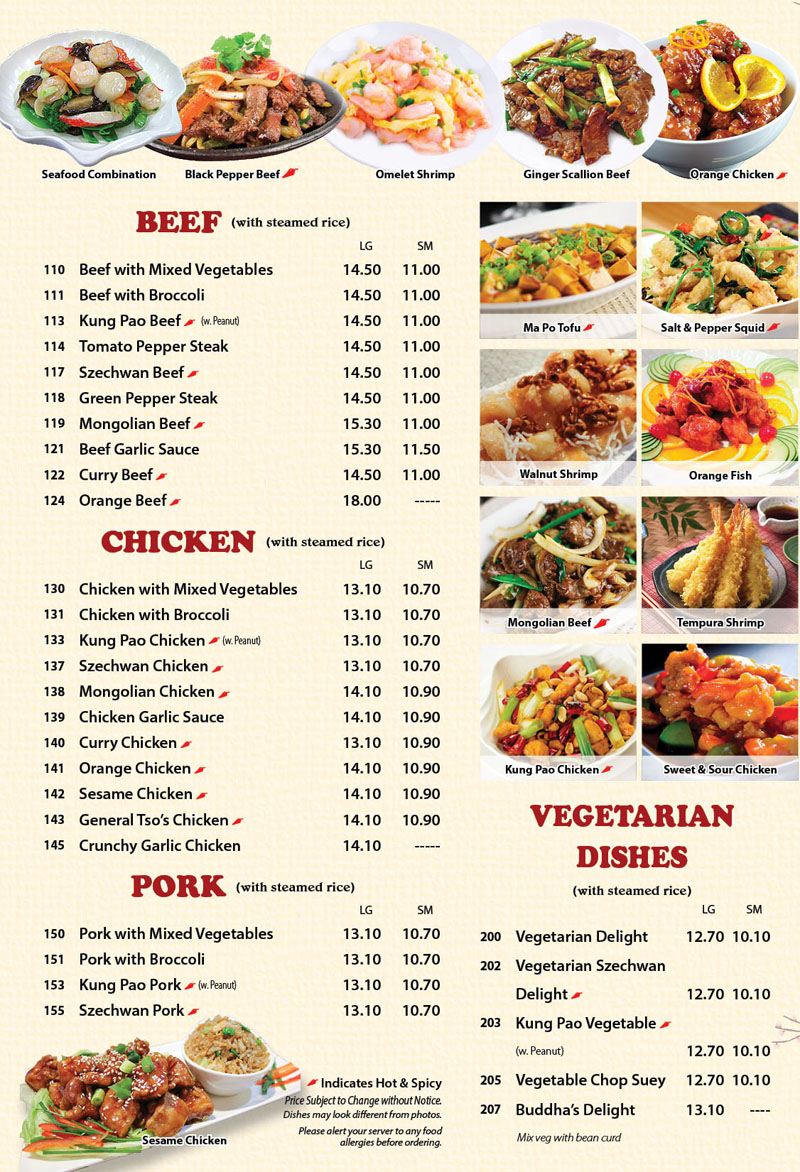
1. **The Menu is Just Too Long**Ever walk into a sandwich shop and see a menu that stretches longer than your weekly to-do list? It might seem like a good thing – more options, more choices, right? Wrong. This is often the first, loudest siren going off in our heads. As Jon and Hannah Young, the brilliant minds behind The Flour Shop in Connecticut, wisely put it, “When a menu is too long and varied it’s hard to expect that everything is being made the best it can be.” It’s a simple truth: no one can be a master of everything, especially when it comes to crafting a wide array of sandwiches with distinct components.
Think about it: a shop trying to nail thirty different sandwich styles is probably just mediocre at twenty-five of them. A well-curated, tighter menu, on the other hand, signals a focused approach, a dedication to perfecting each offering. The Youngs emphasize that “A well-curated menu on the smaller side is a good sign that the sandwiches were thoughtfully created and have been executed many, many times and those are good indicators that you’ll be getting a quality sandwich.” This isn’t about limiting your choices; it’s about elevating the quality of every single choice available.
Kevin Ronald, chef and founder at Prepared Cooks, echoes this sentiment with a dose of culinary wisdom: “An extensive menu with unreasonable combinations is a sign to think twice before placing an order. Variety only looks good if every item has a top-notch taste. And experimenting with sandwiches has never been appreciated. Classic combinations always take the forefront.” So, next time you see a novel with toppings that sound like they belong in a fever dream, remember that sometimes, less truly is more, especially when it comes to exceptional sandwich artistry. Stick to the spots that know their strengths and play them well.
Read more about: Unpacking the Method: The Extreme Techniques and Divisive Practices of Method Acting That Sparked On-Set Drama

2. **It’s a Ghost Town at Peak Hours**Here’s a universal truth about the food scene: if a place is good, people will flock to it. This holds especially true for sandwich shops, where a quick, delicious, and satisfying lunch is a daily necessity for many. So, if you stroll into a sandwich spot at noon on a Tuesday and it’s emptier than your fridge on grocery day, that’s a blaring red flag waving directly in your face. The Youngs from The Flour Shop are quick to point out that this is “true of almost every restaurant, especially at peak hours, so consider yourself warned.”
People are smart, and their palates are even smarter. They have an uncanny ability to sniff out hidden gems, whether they’re tucked away in a quiet alley or bustling on a main street. “People will always find the hidden gems big and small, and if they’re willing to wait in line then you can be sure they’ve found something special,” the Flour Shop team states. A line might be annoying for a moment, but it’s a living, breathing testament to quality, consistency, and a sandwich experience worth waiting for. It’s a collective vote of confidence from a hungry public.
Beyond just the crowd, a vibrant atmosphere speaks volumes. When a place is busy, it often means the ingredients are flying off the shelves, ensuring freshness. Plus, happy, bustling staff tend to indicate a positive work environment, which usually translates to better food and service. If a spot is devoid of energy, creativity, and the delicious hum of a busy kitchen, it’s a pretty strong indicator that the sandwiches themselves might be lacking that special something. Trust the crowd; they rarely lie when it comes to lunch.
Read more about: Beyond the Headlines: Unraveling 12 Enduring Celebrity Death Mysteries That Still Haunt Us
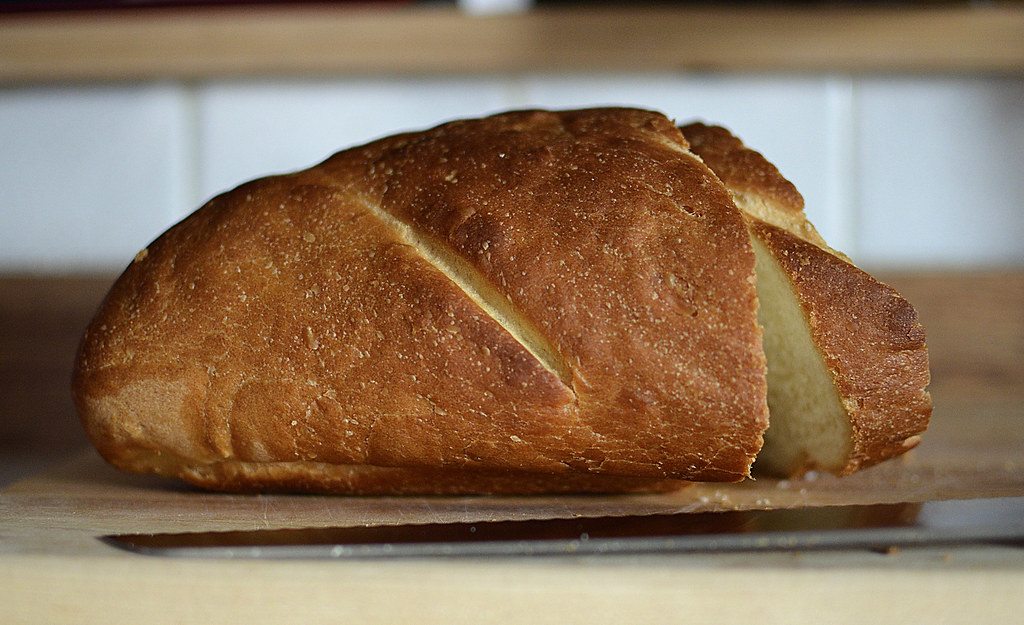
3. **The Bread Isn’t Freshly Baked (or Sourced Locally)**Let’s get one thing straight: the bread isn’t just a vessel for your fillings; it’s the very foundation, the unsung hero, the crucial embrace that holds your sandwich dreams together. Without stellar bread, you don’t have a great sandwich; you have a collection of ingredients looking for a purpose. Josh Garcia, VP at Miracle Mile Deli in Arizona, doesn’t mince words: “Fresh bread. You can’t have a great sandwich without awesome bread.” It’s non-negotiable.
Any self-respecting sandwich establishment should either be baking its bread in-house daily or sourcing it from a reputable local bakery that truly understands the craft. The difference between a fresh, artisanal loaf and a factory-produced, preservative-laden slab is like night and day. The latter often lacks texture, flavor, and that vital sensory experience that elevates a sandwich. As the experts behind the observation note, “Making fresh bread — or at least getting it from a local bakery — should be an absolute requirement if owners want anyone to take their sandwich shop seriously.” Good bread is an investment in flavor.
If you’re unsure, Garcia suggests doing your homework: “Do your research online and find out what bread choices you have as a customer. If you feel so inclined, call the restaurant and ask where they get their bread from and ask how often it’s delivered or made in-house.” A shop proud of its bread will happily share its secrets. Furthermore, freshly baked bread does more than just taste good; it tantalizes the nose. The wafting aroma of baking bread is one of the oldest tricks in the book for drawing customers in. If your sandwich spot doesn’t smell like a bakery, or worse, smells like nothing at all, it’s a huge sign that the most important element of your sandwich might be an afterthought.
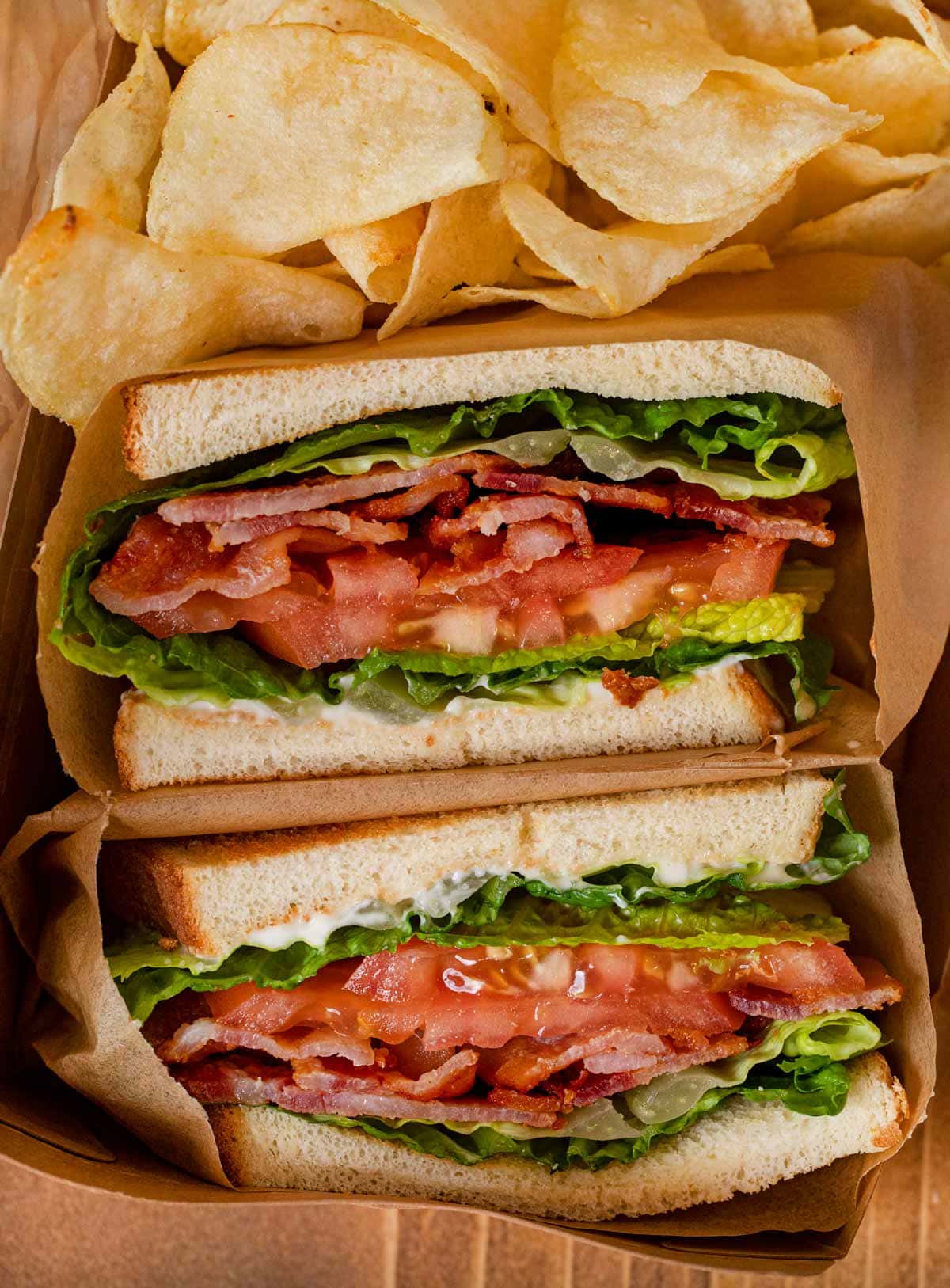
4. **The Sandwiches Aren’t Stacked (aka Skimpy Portions)**When we talk about sandwiches, we’re not looking for a minimalist art piece; we’re looking for a hearty, satisfying meal, a veritable skyscraper of flavor that demands two hands and maybe a wide stance. Josh Garcia hits the nail on the head when he says, “If you like flavor, look for sandwiches that could potentially be stacked high and packed with flavor by including several ingredients.” He’s not just talking about quantity; he’s talking about a symphony of ingredients working in harmony to deliver a truly epic bite. Size, in this case, definitely matters.
We eat with our eyes first, and a sad, flattened, and thinly layered sandwich just doesn’t spark joy. It suggests a lack of generosity, a corner being cut, and ultimately, a less flavorful experience. A truly great sandwich is a declaration of abundance, a confident display of quality meats, cheeses, and veggies piled high, promising a robust taste adventure with every bite. If you can count the slices of turkey or the strands of lettuce without even trying, it’s a sign they’re probably skimping on flavor too.
This isn’t about gluttony; it’s about getting your money’s worth and ensuring a truly satisfying culinary journey. A high-stacked sandwich implies a depth of ingredients and a commitment to flavor layering. It’s the kind of sandwich you remember, the kind you recommend, and the kind you crave. So next time you’re eyeing a menu, scroll through those pictures (if they even have them) and ask yourself: does this look like a sandwich that respects my hunger and my pursuit of flavor? If not, keep scrolling past that spot.
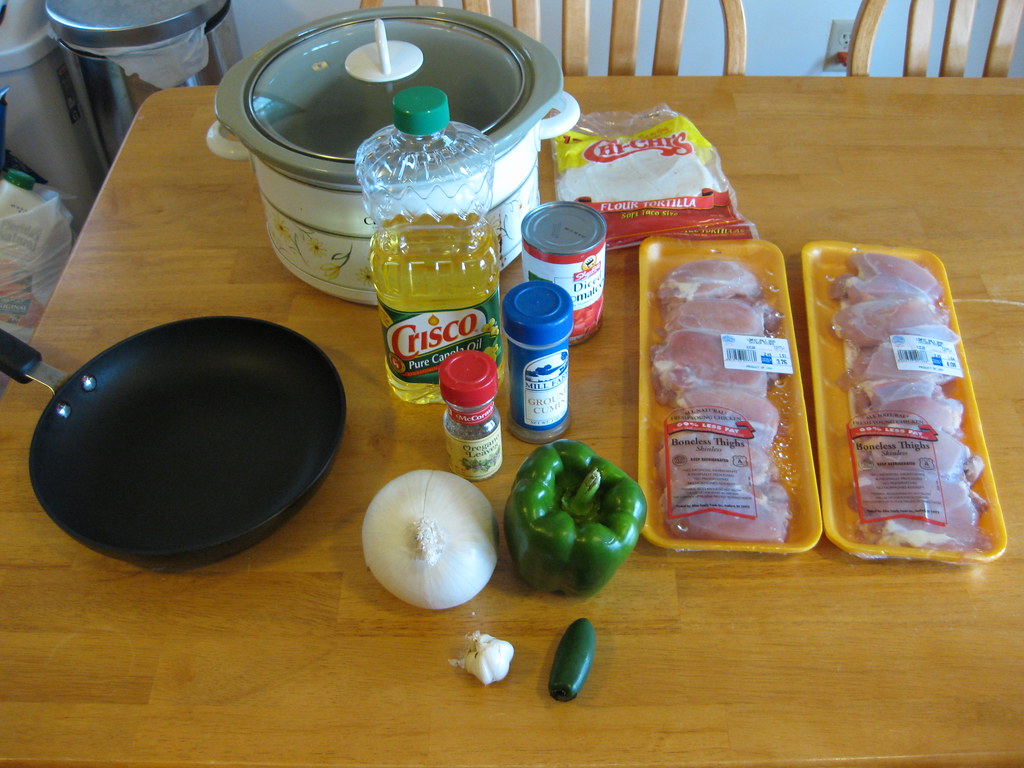
5. **Low-Quality, Processed, or Non-Local Ingredients**In an age where we’re increasingly conscious of what we put into our bodies, the quality of sandwich ingredients is paramount. Chef and founder of Chef Ron, Ron Stewart, wisely advises, “It is always wise to look at the ingredients and quality of the food used in each item on the menu.” This isn’t just about health; it’s fundamentally about taste. Low-quality ingredients, especially processed deli meats, are often loaded with sodium, artificial flavors, and preservatives. These additives don’t just compromise your well-being; they actively sabotage the freshness and vibrancy of your sandwich, leaving it tasting bland and uninspired.
Contrast this with establishments that prioritize fresh, high-quality components. Stewart elaborates, “Many sandwich shops use low-quality processed deli meats, which can be high sodium and contain artificial flavors and preservatives—this means any sandwiches made with them won’t taste as fresh or flavorful as they could be.” When a shop cuts corners on its core ingredients, the entire sandwich suffers. You might save a dollar or two, but you’re sacrificing a world of authentic, rich flavor.
For the discerning diner, seeking out shops that champion local sourcing is a game-changer. Stewart passionately suggests, “Whenever possible, look for restaurants that source their meat from local farms where animals have been humanely raised without hormones or antibiotics. Not only is this better for human health, but also animal welfare.” This commitment to ethical and fresh sourcing translates directly into superior taste. You’re not just eating a sandwich; you’re experiencing the care and quality that goes into every single component, from the farm to your plate. If a menu doesn’t highlight its sourcing, it’s often because there’s nothing to brag about.
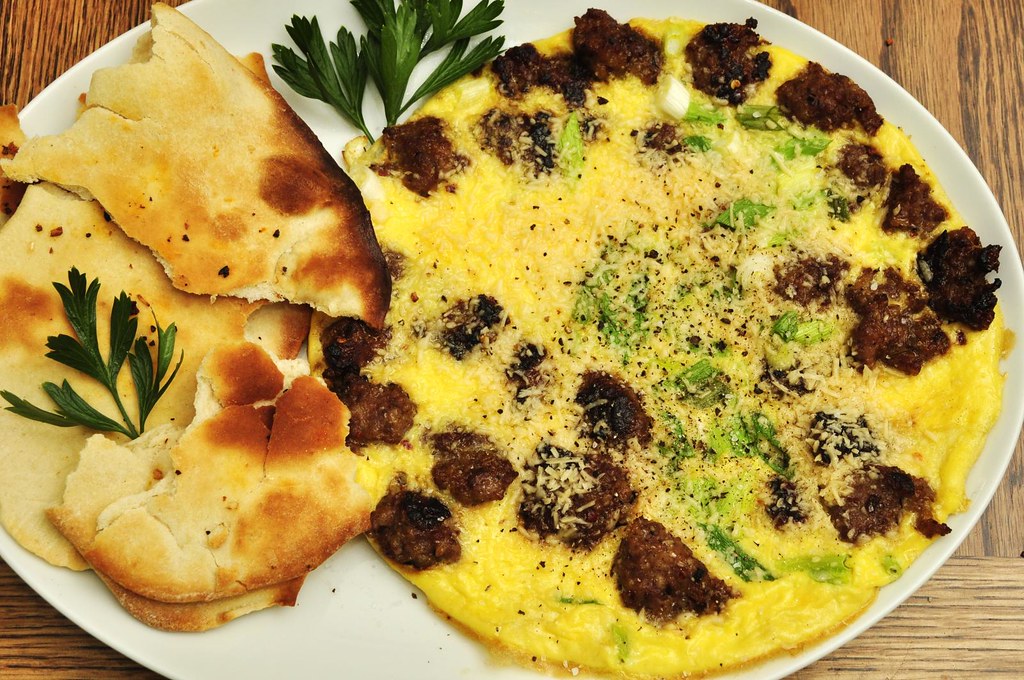
6. **They Automatically Toast the Bread (Without You Asking)**Now, this might seem innocuous, even a welcome courtesy to some, but an automatic toast of your bread is a sneaky red flag that veterans of the sandwich game know to watch for. Chuck Sillari, owner and chef of Mortadella Head in Massachusetts, pulls back the curtain on this common practice: “When a sub shop automatically toasts their sub rolls, there’s a good chance they’re disguising a stale roll. It’s probably yesterday’s bread.” Ouch. It’s the culinary equivalent of putting a fresh coat of paint on a rusty car.
While a toasted roll certainly has its fans, and for certain sandwiches, it’s absolutely the right move, it shouldn’t be the default. Good bread, truly fresh bread, doesn’t need to be crisped up to mask its shortcomings. In fact, toasting can sometimes diminish the natural texture and flavor of a genuinely excellent loaf. As the experts note, “Good bread should not need to be toasted to be tasty. In fact, getting your sub bread toasted can trick you into thinking subpar bread is better than it is.” It’s a subtle sleight of hand to make you think a tired piece of bread is actually sprightly and ready for its close-up.
Consider the old-school delis, particularly the revered Italian ones. Walk into one and ask for your cold-cut sandwich on toasted bread, and you’re likely to be met with a look of utter bewilderment, if not outright disgust. It’s almost sacrilegious to them. And if a deli takes it upon themselves to toast your bread without an explicit request, it’s a sign that their standards might not be as high as you’d expect. A truly fresh, quality roll is celebrated in its natural state, not hidden under the guise of heat. Choose a spot where the bread speaks for itself, no toaster required.
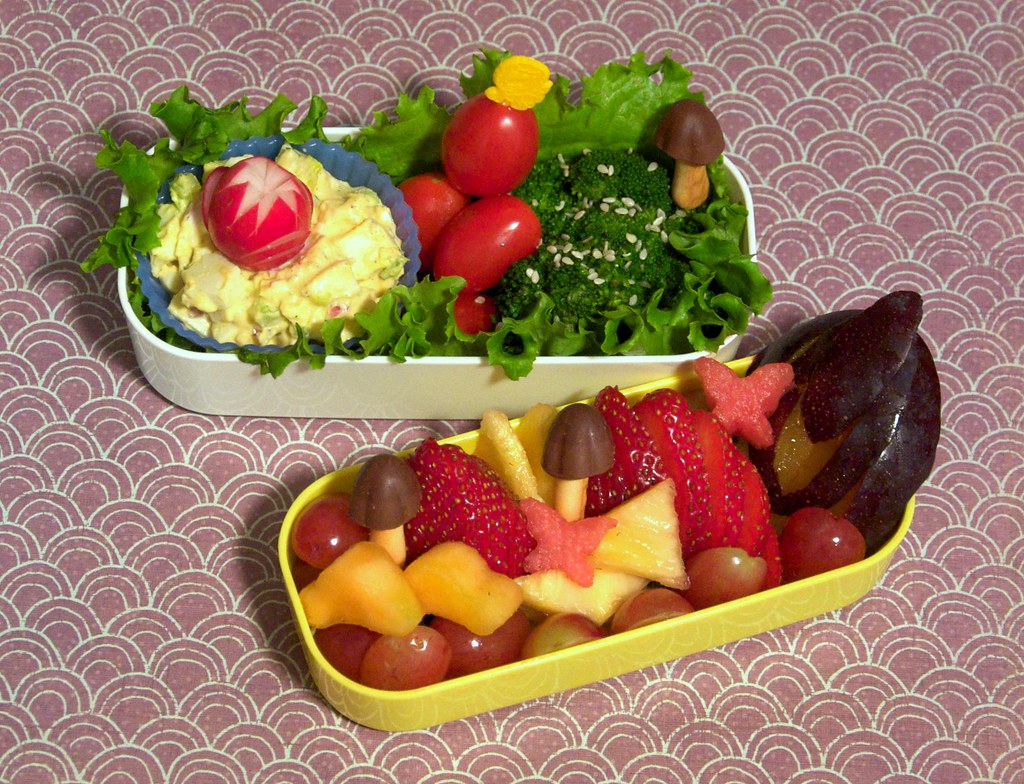
7. **They Don’t Cook from Scratch (e.g., Homemade Pickles, Sauces, Egg Salad)**In the world of exceptional sandwiches, the magic often lies in the details – those little flourishes and homemade touches that elevate an ordinary meal into something truly memorable. If a sandwich shop isn’t whipping up at least some of its key components from scratch, you’re likely missing out on a significant part of that magic. Ron Stewart is emphatic about this: “Freshness is key when it comes to ensuring both taste and safety when eating out.” And nothing screams freshness like a batch of daily-made sauces, house-cured pickles, or a rich, creamy egg salad prepared right there on the premises.
While it’s understandable that some shops might procure certain products, a true commitment to quality shines through in their scratch-made items. These aren’t just about flavor; they’re indicators of a deeper dedication to the culinary craft. Stewart suggests keeping an eye out for “signs indicating that a restaurant prides itself in cooking everything from scratch and using locally sourced produce whenever available—like homemade pickles or daily-made sauces—these are all indications of excellent food hygiene standards being followed by staff members who care about offering great tasting sandwiches above all else!” It’s a holistic approach to quality and care.
When a shop relies heavily on pre-packaged, mass-produced condiments and fillings, it inevitably leads to a monotonous and uninspired taste profile. That unique tang of a homemade pickle, the nuanced spice of a bespoke sauce, or the rich texture of freshly prepared egg salad – these are the elements that create a distinct identity and a truly satisfying sandwich experience. If a shop isn’t putting that extra effort into crafting its own signature elements, it’s a clear sign that they might be more interested in speed and convenience than in delivering a genuinely delicious and fresh product. Demand that homemade touch; your taste buds will thank you.
Okay, so you’ve mastered the initial inspection. You’ve walked past the spots with mile-long menus and recognized that suspicious lack of a lunch crowd. But the journey to sandwich nirvana isn’t always that straightforward. Sometimes, the red flags are a little more subtle, requiring a deeper dive into the inner workings of a deli disaster. Prepare yourself, because we’re about to expose the next seven critical indicators that scream “abort mission!” when it comes to grabbing your midday meal. We’re talking hygiene hazards that make your stomach churn, smells that haunt your dreams, and a blatant disregard for the culinary craft that should define a truly great sandwich experience.
Get ready to sharpen your senses and your skepticism. These are the deeper dives, the nuanced clues that separate the sandwich saviors from the culinary con artists. Your quest for the perfect bite deserves nothing less than perfection, and we’re here to ensure you get it, every single time. Let’s peel back the layers and expose the hidden horrors of the urban sandwich scene, ensuring your next lunch is fresh, flavorful, and, most importantly, safe.

8. **You Can’t Smell Food Cooking**Picture this: you walk into a sandwich shop, hoping to be enveloped by the warm, inviting aromas of sizzling meats, melting cheese, or freshly baked bread. Instead, you’re met with… nothing. An olfactory void. This isn’t just a missed opportunity for ambiance; it’s a blaring red flag signaling a serious lack of real, honest-to-goodness cooking. As Chuck Sillari, owner and chef of Mortadella Head in Massachusetts, wisely points out, “When I walk in I can actually smell real food cooking… Whatever it is, you need to smell something. It’s a sign that the food is fresh. The scent of a sub shop will tell the whole story.”
The absence of cooking smells suggests a kitchen that isn’t actively creating, preparing, or even warming up fresh ingredients. It implies a heavy reliance on pre-made, pre-packaged components that are simply assembled, rather than crafted. That rich aroma of a simmering pot of marinara, the savory scent of meatballs baking, or the tantalizing fragrance of onions caramelizing on a flat top – these aren’t just pleasant background notes; they’re the very essence of a vibrant, active kitchen committed to flavor.
A truly great sandwich spot should be a symphony for your nose, a promise of the deliciousness to come. If all you’re getting is the stale air of indifference, or worse, an entirely artificial ‘food’ smell, it’s a strong indicator that the food itself might be just as uninspired. Your nose knows; trust it to guide you away from culinary blandness and towards a spot where genuine flavor is quite literally in the air.
Read more about: Avoid These 12 Barbecue Blunders: Your Ultimate Guide to Mastering the Grill for Edible Success

9. **Cold Cut Meats and Cheeses Aren’t Freshly Sliced**Here’s a hard truth: not all deli meats are created equal, and how they’re sliced makes all the difference. If you walk into a sandwich shop and see piles of pre-cut, shrink-wrapped meat and cheese sitting idly by, it’s time to pump the brakes. This isn’t just about aesthetics; it’s a fundamental issue of freshness, flavor, and even health. As Yampa Sandwich Company franchise co-owner David Pepin explains, “Guests should think twice if they see a menu with overly processed ingredients and if all the meats are pre-sliced (this is a sign the sandwich shop does not execute any prep).”
Think about the difference between a pre-packaged slice of turkey and one carved fresh off the bone, or a block of cheese compared to a slice cut moments before it hits your bread. Freshly sliced cold cuts offer superior texture, a more vibrant flavor, and are often a healthier option, with a smaller chance of containing harmful preservatives. Many big sandwich chains have been critiqued for years for their reliance on pre-packaged products, with some even bringing slicers back to their stores to address this very concern.
A top-tier deli takes pride in slicing meat and cheese on the spot because it simply tastes better. It shows a commitment to the customer’s taste buds and digestive health, wanting you to return for sandwiches that truly satisfy. If a shop isn’t willing to put in the minimal effort to serve the main components of your sandwich in the freshest possible way, it’s a clear signal that their overall standards might be lacking. Don’t settle for pre-sliced mediocrity; demand that fresh cut.
Read more about: Avoid These 12 Barbecue Blunders: Your Ultimate Guide to Mastering the Grill for Edible Success
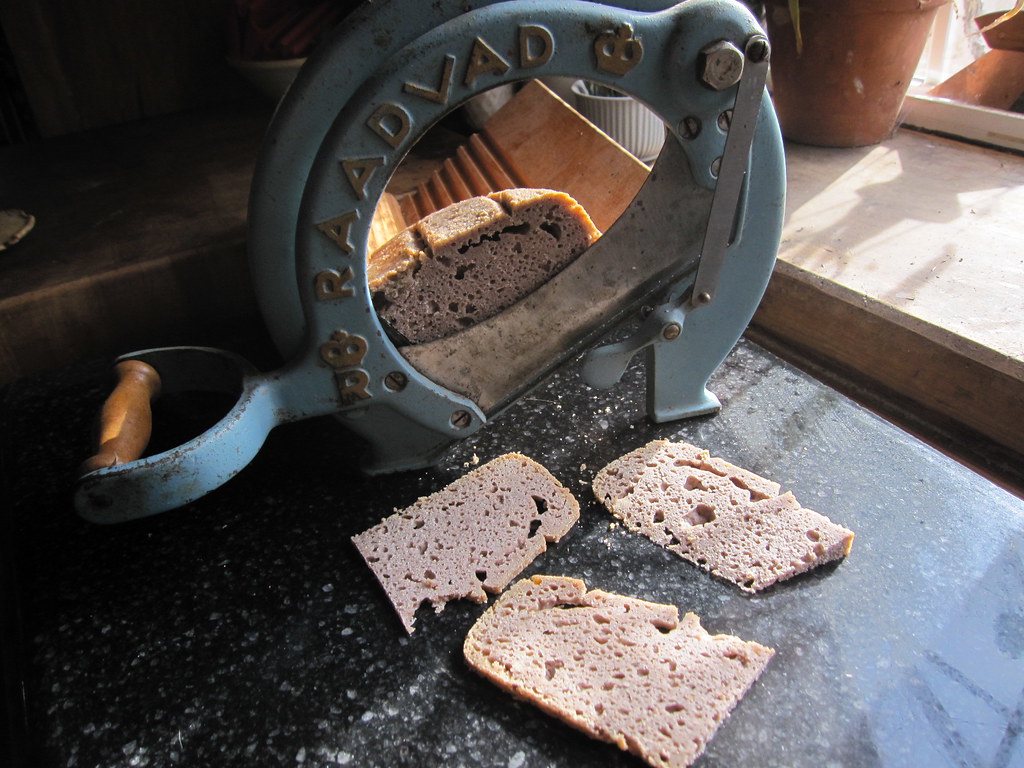
10. **The Slicer Isn’t Clean**Alright, let’s talk about something a bit more, shall we say, *visceral*. If your eyes wander to the deli slicer and you spot a buildup of old meat residue, crumbs, or general grime, it’s not just unappetizing; it’s a major biohazard flashing right before your hungry eyes. Chef Jordan Quidachay of Kitchen Ambition doesn’t pull any punches: “For me, the number one red flag at a deli is if I ever see a dirty slicer. For me, that tells me there’s little regard for cleanliness or at least consistency in keeping things clean.” This isn’t a minor oversight; it’s a fundamental breakdown in basic food safety.
Deli slicers are notorious for being difficult to clean, but that’s no excuse. Not making slicer sanitation a part of the everyday routine shows a profound lack of care for customers’ health. These machines can harbor dangerous bacteria like Listeria, E. Coli, and Salmonella, leading to serious illnesses. Employees and managers often admit that far too many shops fail to follow U.S. food code standards for sanitation, sometimes due to inadequate training on proper cleaning procedures.
Beyond the obvious health risks, a dirty slicer can also ruin the flavor of your sandwich. If you taste lingering flavors from other cuts, it can completely throw off the balance you’re hoping for in your perfectly crafted meal. When you crave a fresh sandwich, you want clean, individual flavors that work in harmony, not a mash-up of yesterday’s forgotten meats. Your health and your palate deserve better than a neglected piece of equipment.
Read more about: A Fast-Food Fairy Tale: How Fan Outcry Brought Back KFC’s Legendary Potato Wedges and Spicy Wings
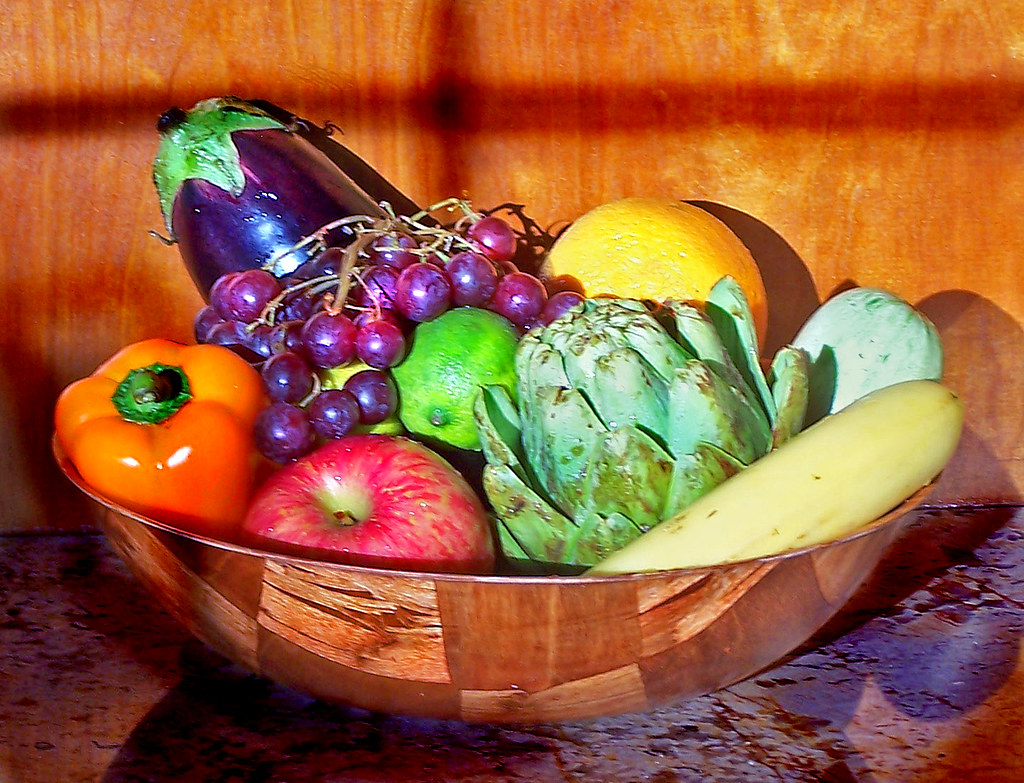
11. **Sad Looking (or Soggy) Veggies**Alright, let’s dive into the verdant (or not-so-verdant) heart of your sandwich: the vegetables. If the lettuce is limp, the tomatoes are mushy, or the cucumbers look like they’ve seen better days—and possibly a few too many—then you’ve stumbled upon a serious red flag. As Amy Smith, chef and founder of Foodlve, wisely observes, “When the vegetables at a sandwich shop or deli look limp, sad, and not fresh, it’s a tell that they have been sitting around for a while.” You wouldn’t put sad veggies on your sandwich at home, so why should you accept them from a place you’re paying for?
Soggy lettuce, in particular, is a cardinal sin in the sandwich world. There’s nothing more off-putting than that watery crunch (or lack thereof) that ruins an otherwise beautifully constructed meal. This often happens when wet and dry ingredients aren’t stored separately or at proper temperatures. Tomatoes, naturally juicy, are also prone to becoming soggy and slimy if left sliced and exposed for too long. They go from refreshing to utterly inedible in what feels like moments.
Crisp, vibrant vegetables are essential for texture, flavor, and visual appeal. They add that vital pop of freshness that elevates a sandwich from merely “okay” to “oh wow!” If a shop isn’t maintaining the integrity of its produce, it’s a clear sign that attention to detail, and a commitment to quality, might be severely lacking across the board. Demand that your greens be green, your reds be red, and your crunch be, well, crunchy.

12. **No One is Wearing Gloves, or They Aren’t Switching Them**This one is a classic, but its importance cannot be overstated: the glove situation. While wearing gloves isn’t universally mandated by law, many states still highly recommend them for handling ready-to-eat foods like sandwiches. However, just wearing gloves isn’t enough; it’s the *proper* use and frequent changing of them that truly matters. If you see sandwich makers bare-handed, or worse, wearing the same pair of gloves for an extended period, touching everything from money to raw meat to your sandwich, consider it a serious call for a quick exit.
The purpose of gloves is twofold: to prevent the transfer of germs from employees to food, and to avoid cross-contamination between different ingredients, particularly from uncooked meats to your finished sandwich. The problem arises when employees, perhaps due to cost-cutting or lack of training, don’t regularly change their gloves. Imagine a server handling raw chicken, then immediately assembling your veggie sub with the same pair of gloves – that’s a direct route to a potential health risk.
While hand washing remains the gold standard (and should always be practiced, even with gloves), gloves add an extra layer of protection. A shop that values its diners will have strict glove-switching protocols, ensuring that every interaction with your food is as hygienic as possible. Your peace of mind, and your stomach, will thank you for choosing a place where proper glove etiquette is clearly a priority.
Read more about: Swing Strong, Play Long: 14 Simple Ways to Prevent Common Tennis and Golf Elbow Injuries

13. **There’s a Bad Smell Upon Entering**Sometimes, the most undeniable red flag isn’t something you see, but something that assaults your nostrils the moment you step through the door. We’re talking about that unmistakable, funky, sour, or downright spoiled smell. If the air in a sandwich shop smells like bad yeast, rancid oil, or spoiled milk, your instincts should be screaming “get out!” This isn’t just an unpleasant odor; it’s a terrifying indicator that ingredients have gone bad, and hygiene practices are severely lacking.
Improperly packaging or storing meat, cheese, or vegetables can lead to mold, bacteria growth, and ultimately, decay. A shop that allows such pervasive stench to fill its space is likely cutting corners on product rotation and refrigeration, putting customer health at severe risk. Another concerning scent is bad yeast, which can smell like acetone or nail polish, often a sign that preservatives or chemicals are being used in bread to extend its shelf life, rather than focusing on genuine freshness.
While the wafting aroma of freshly baked bread can be one of the most inviting smells in the world, a “stinky” sandwich shop is broadcasting a very different message. It’s a clear sign of systemic issues in food handling and preparation. Don’t second-guess your nose on this one; if it smells off, it probably is. Your lunch should be a delight, not a gamble with your digestive system.
Read more about: High-Mileage Havoc: The Crippling Electrical & Mechanical Nightmares Haunting Your Sports Car – A Deep Dive into the Ford S197 Mustang
14. **They Put Lettuce on a Hot Sandwich**We’ve saved one of the most perplexing, and frankly, offensive, culinary missteps for last. This one might seem minor, but to any true sandwich aficionado or professional chef, it’s a cardinal sin that speaks volumes about a shop’s lack of understanding and respect for food science and texture. We’re talking about the inexplicable decision to put cold, crisp lettuce on a piping hot sandwich. If a shop actually lists lettuce as an ingredient on something like a chicken parmesan sub or a hot meatball hero, consider it your cue to run away fast.
The entire purpose of fresh lettuce on a sandwich is to provide a refreshing, crisp counterpoint to the richer, heavier elements. But when that delicate green meets extreme heat, it immediately wilts, turns soggy, and becomes a sad, unappetizing mess. It loses all its textural integrity and instead adds an unwelcome watery component that throws off the entire balance of the dish. Professional chefs detest this practice precisely because it annihilates the culinary value of a potentially great lunch item.
A shop that commits this particular faux pas demonstrates a fundamental misunderstanding of how flavors and textures interact. It suggests they prioritize convenience or a misguided sense of “completeness” over the actual quality and enjoyment of the sandwich. Your hot sandwich deserves to be served with elements that complement its warmth, not detract from it. So, if you see that sad, wilted leaf on a menu, know that you’re looking at a place that simply doesn’t get it.
Read more about: Navigating Your Plate: A Consumer Reports Guide to 15 Riskiest Foods and How to Stay Safe
And there you have it, fellow lunch adventurers! Your comprehensive guide to spotting those sneaky sandwich shop sirens. Armed with these insights, you’re now more equipped than ever to bypass the duds and zero in on the true gems. Remember, a great sandwich isn’t just a meal; it’s an experience, a moment of midday joy. Don’t settle for anything less than perfection. Go forth, explore, and may your next sandwich be nothing short of legendary!

